WiTech L
– Automatic measurement of horizontal and vertical illumination on the stadium
– Measurement of illumination at once in all directions with data transfer to the application on the smartphone
– A special application records the measured values for each point of the field and makes a complete visualized report
– Measurement of illumination at once in all directions with data transfer to the application on the smartphone
– A special application records the measured values for each point of the field and makes a complete visualized report
WiTech L
Sensor
In order to measure the lighting in sports arenas where television broadcasts are held, vertical lighting on the playing field is very important.
According to the existing standards it should be at least 2,000 lux with uneven Emin / Emax not more than 0.7.
According to the existing standards it should be at least 2,000 lux with uneven Emin / Emax not more than 0.7.
Different regulations define different directions for calculating this coefficient: in the direction of the main camera,
in the direction of the set of cameras, in four main directions. Or all of them (as in FIFA regulations).
Measurement of vertical illumination according to FIFA regulations on a football pitch with a team of 4 people using classical technology
with a conventional light meter takes about 6 hours and one day to process the results.
To alleviate the process, we have developed two versions of meters for vertical and horizontal illumination:
- with a set of fixed sensors;
- with movable sensors, sequentially measuring the vertical illumination at a point with a given step.
in the direction of the set of cameras, in four main directions. Or all of them (as in FIFA regulations).
Measurement of vertical illumination according to FIFA regulations on a football pitch with a team of 4 people using classical technology
with a conventional light meter takes about 6 hours and one day to process the results.
To alleviate the process, we have developed two versions of meters for vertical and horizontal illumination:
- with a set of fixed sensors;
- with movable sensors, sequentially measuring the vertical illumination at a point with a given step.
Inside the meter there is a processor that collects data from sensors installed on the surface of the device and after processing sends the received data into a special application on your smartphone.
Light star 2
The meter "Light Star 2" has 8 vertical light sensors with a step of 45 degrees and one horizontal light sensor. To calculate directions that do not coincide with the installation angles of the sensors, mathematical approximation is used.
The OLED display installed on Light Star 2 allows you to quickly assess the illumination in 9 directions.
By the way, his predecessor had only 4 vertical illumination sensors in increments of 90 degrees and gave a general idea of the lighting
The OLED display installed on Light Star 2 allows you to quickly assess the illumination in 9 directions.
By the way, his predecessor had only 4 vertical illumination sensors in increments of 90 degrees and gave a general idea of the lighting
in the arena, but we still use it ourselves for express evaluation of light in open areas.
Cube Sensor
The "Cube Sensor" meter has two rotating sensors for measuring vertical illumination and one for measuring horizontal. Scanning of the space takes place in increments of 10 degrees and the device gives out 37 values in one measurement. A further increase in the number of measurements is possible up to 1 degree, but it has no practical value. The device also has an automatic calibration of sensors, which allows to compensate for random or systemic scatter of sensor readings, which affects the calculation of the uniformity of vertical illumination.
A servo drive is installed inside - when turned on, a mechanical auto-calibration of the measurement angles is performed. The first version was in the shape of a ball, but replacing the servo with a more powerful one, as well as installing a large ring bearing,
changed the shape of the device.
The main purpose of the "Cube Sensor" is to accurately measure the vertical illumination on the site when adjusting the light or when taking measurements for reporting documents.
A servo drive is installed inside - when turned on, a mechanical auto-calibration of the measurement angles is performed. The first version was in the shape of a ball, but replacing the servo with a more powerful one, as well as installing a large ring bearing,
changed the shape of the device.
The main purpose of the "Cube Sensor" is to accurately measure the vertical illumination on the site when adjusting the light or when taking measurements for reporting documents.
How does it work?
The measurer - Light Star or Cube Sensor - transfers the measured values of vertical and horizontal illumination through a wireless connection to a smartphone. The whole process is controlled from the application - you only need to put the rack with the measurer at the desired point and click the "Measure" button.
Android app
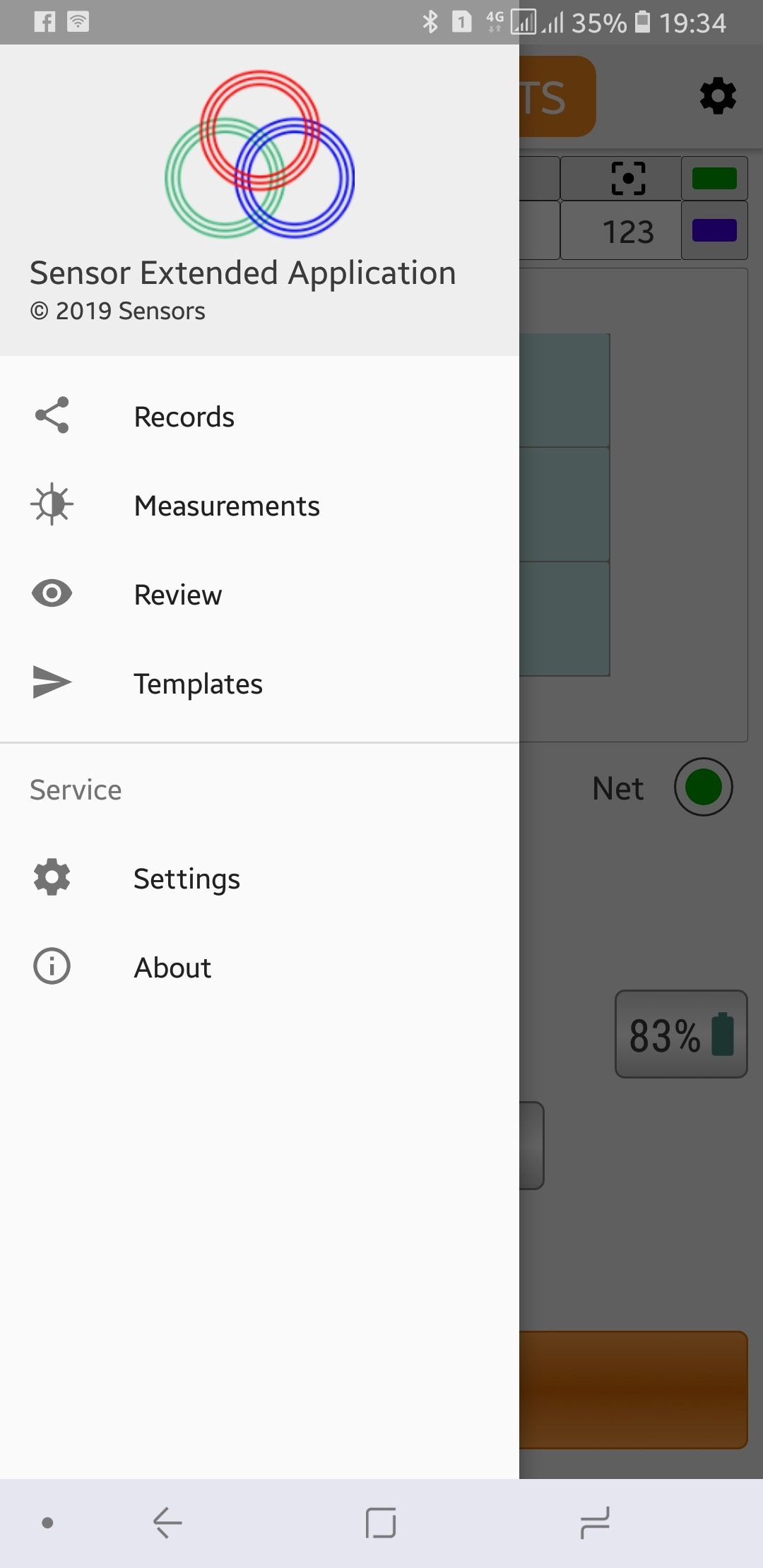
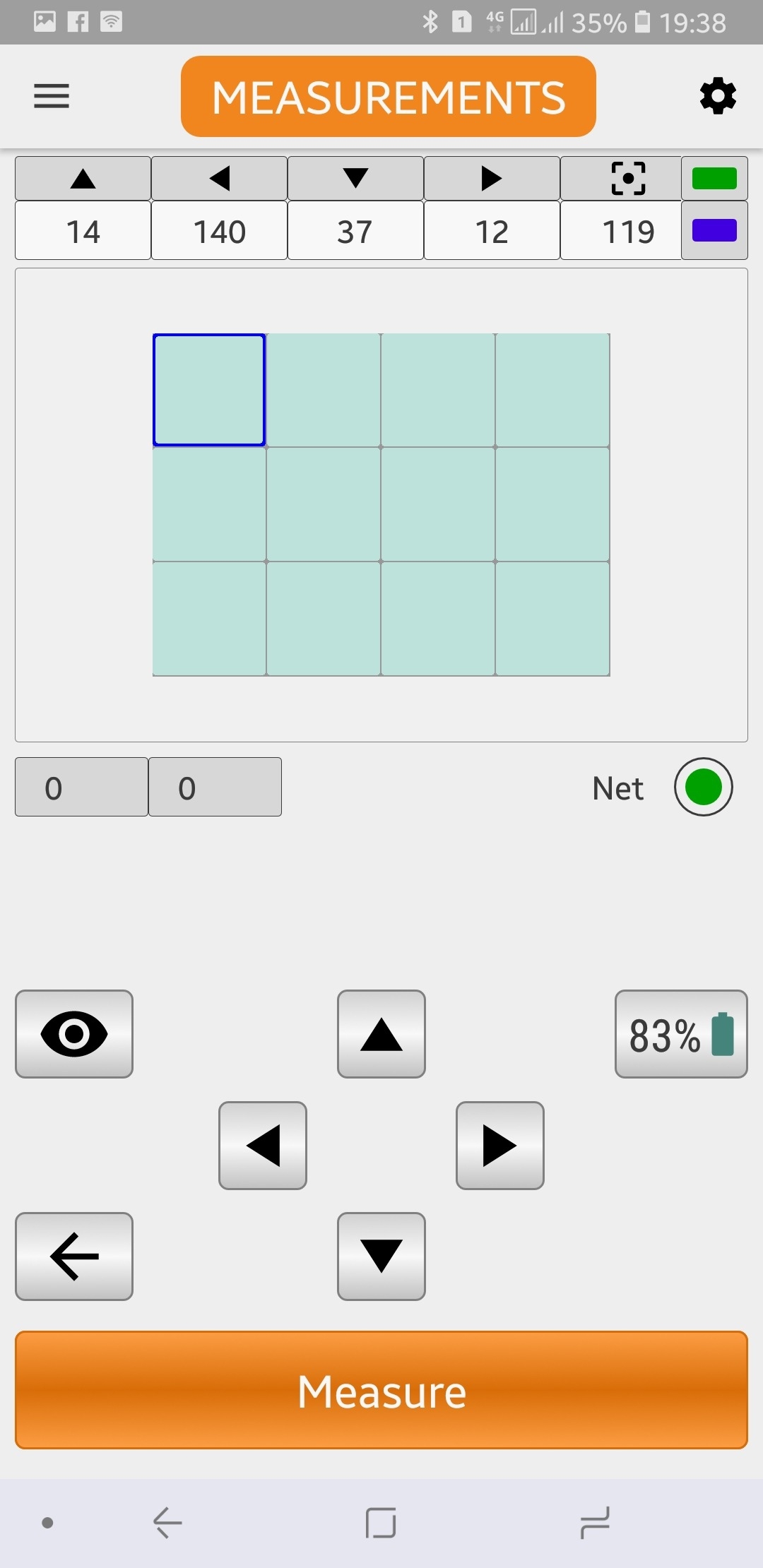
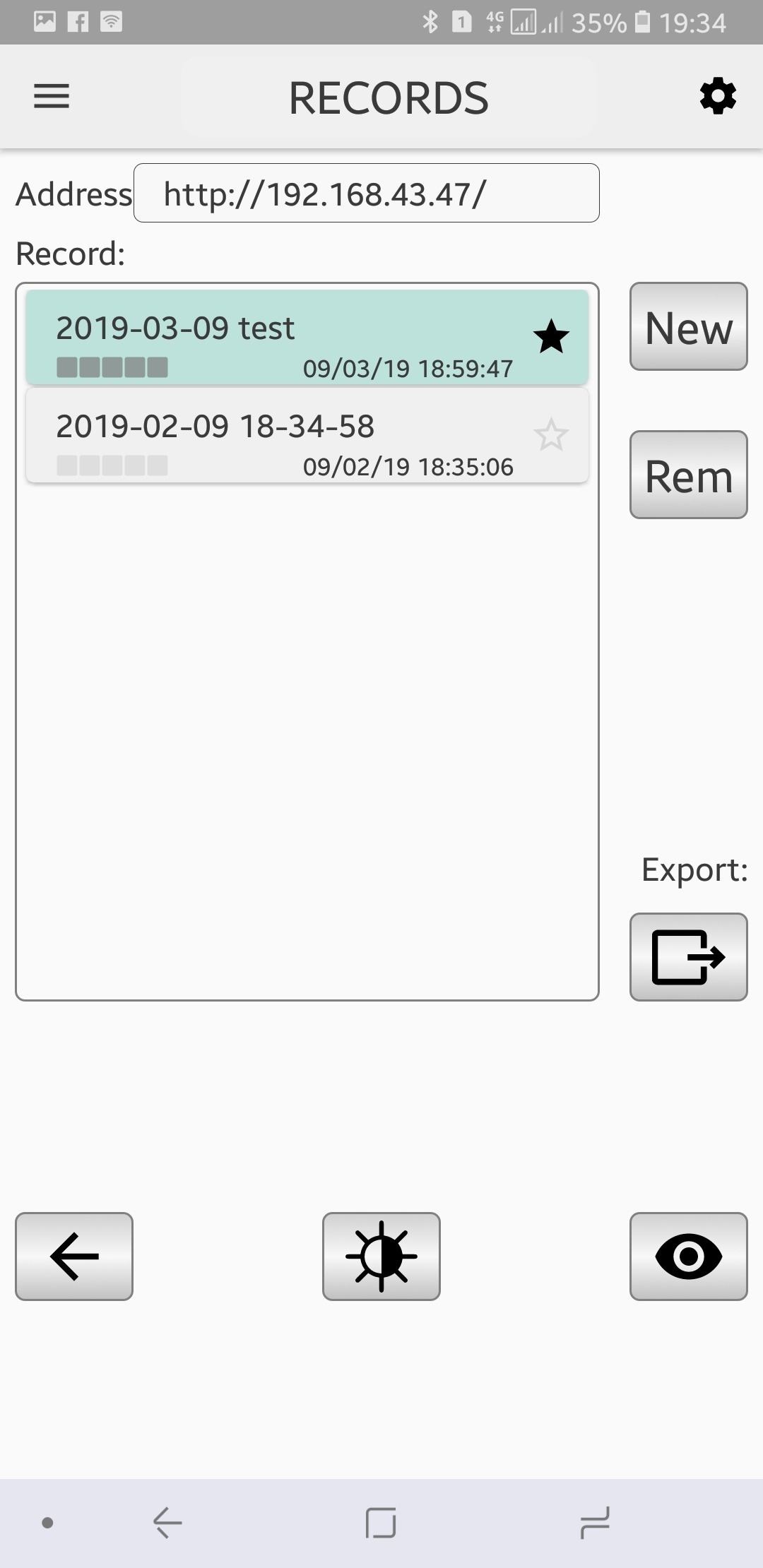
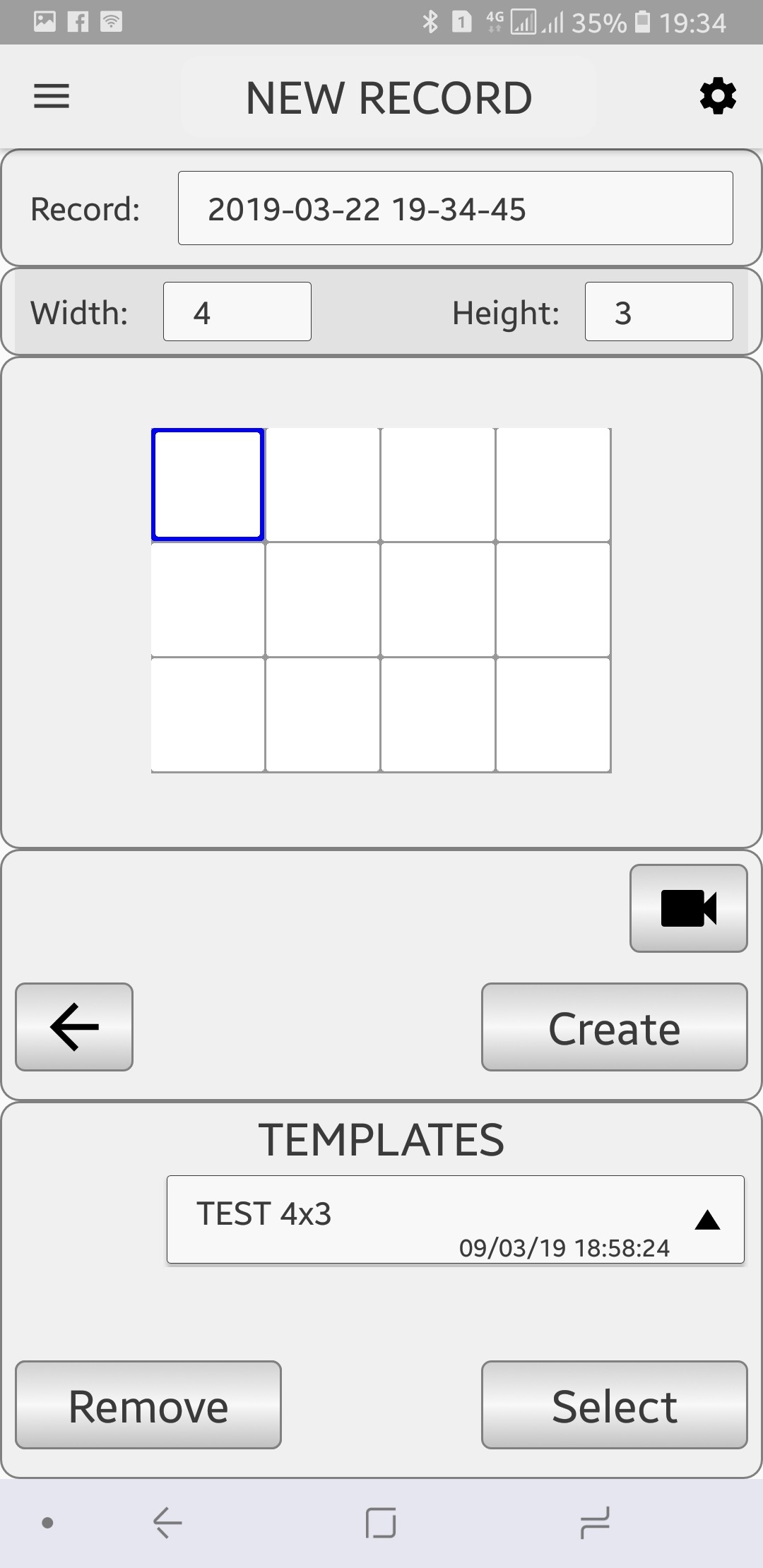
The smartphone application is available for the Android platform and allows you to create and store many records at the same time. Each measurement is written to the cell corresponding to the coordinates of the measurement point.
You can set arbitrary sizes individually for each measurement session, as well as use preset templates.
You can set arbitrary sizes individually for each measurement session, as well as use preset templates.
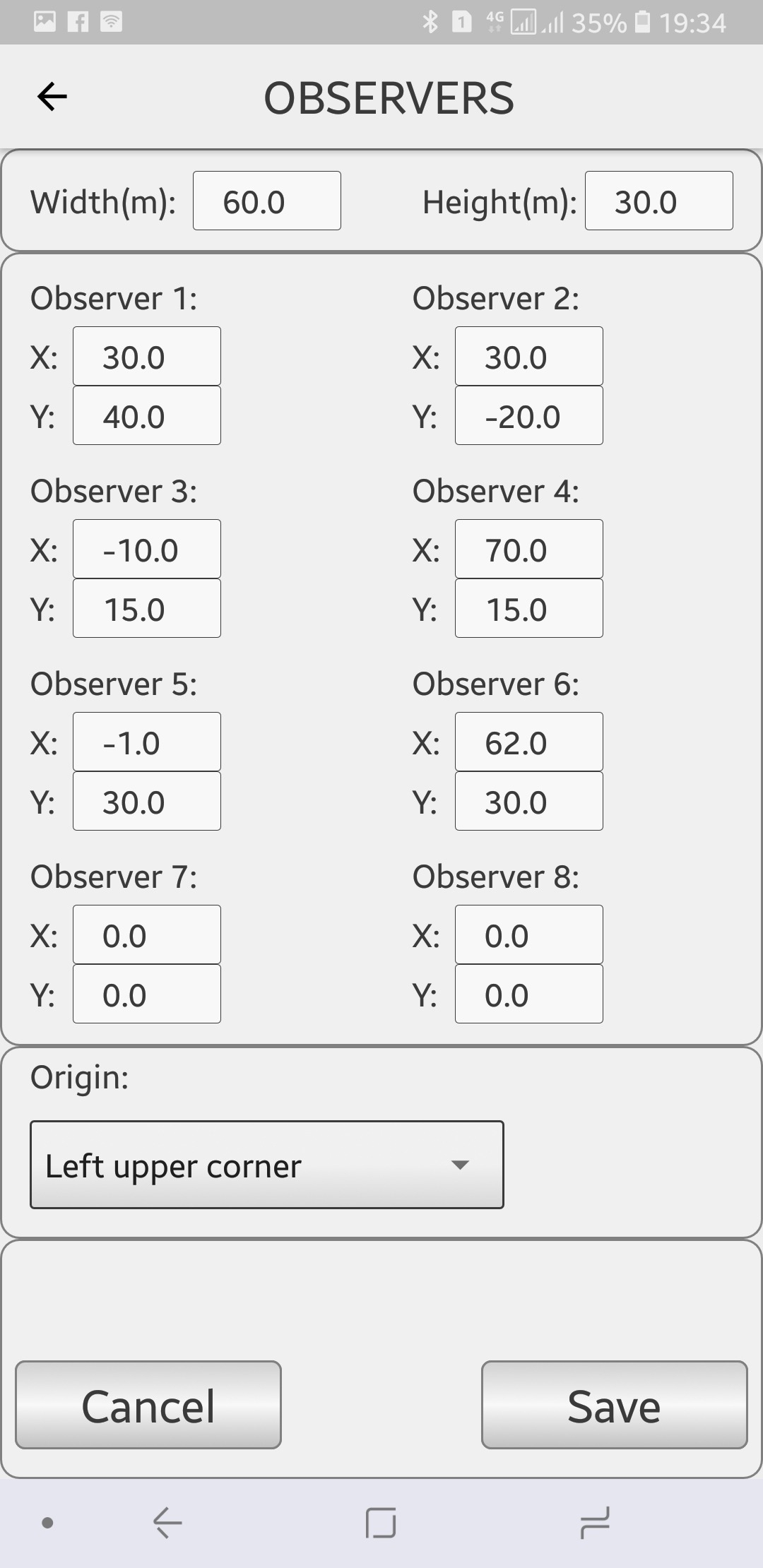
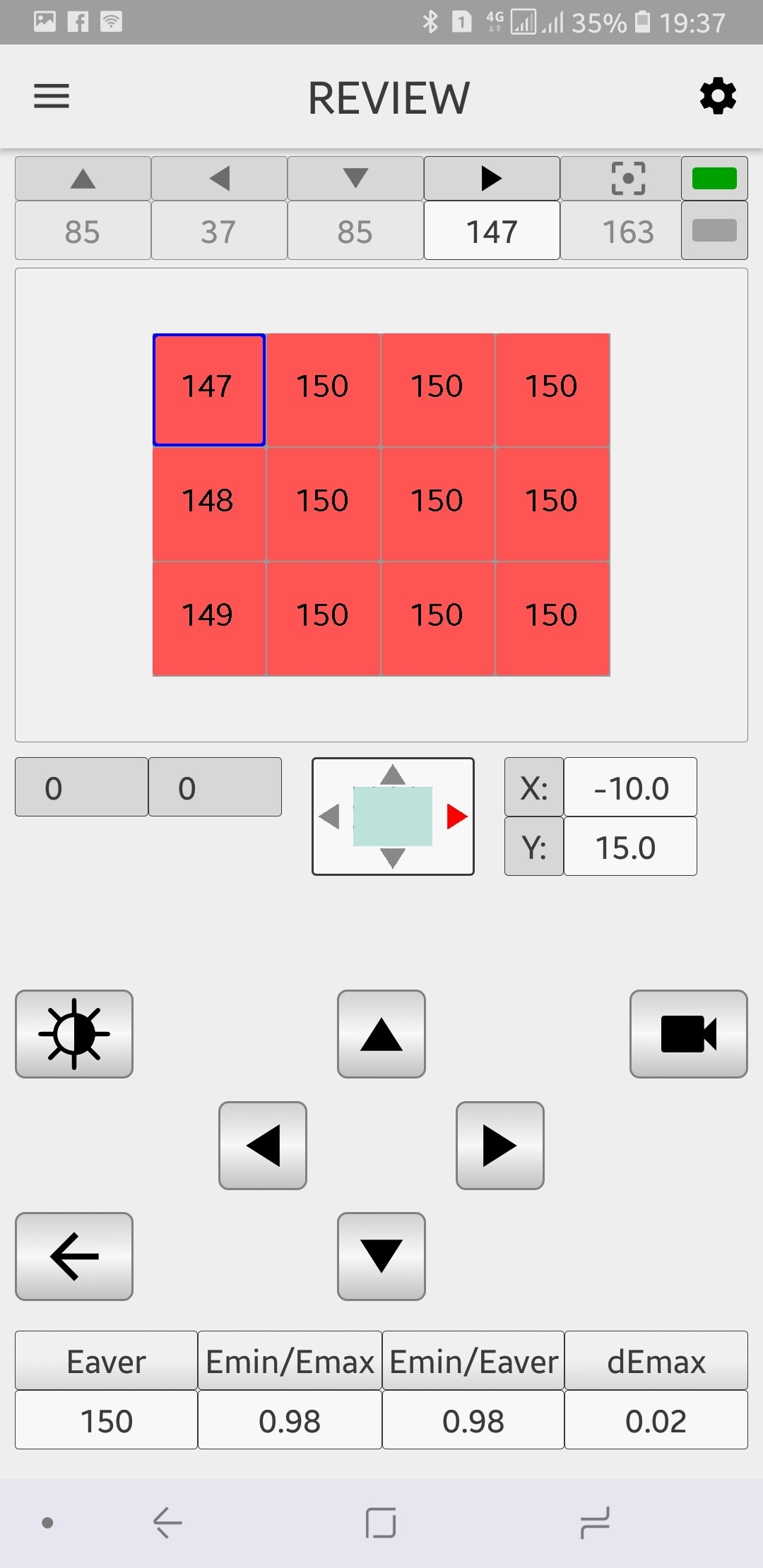
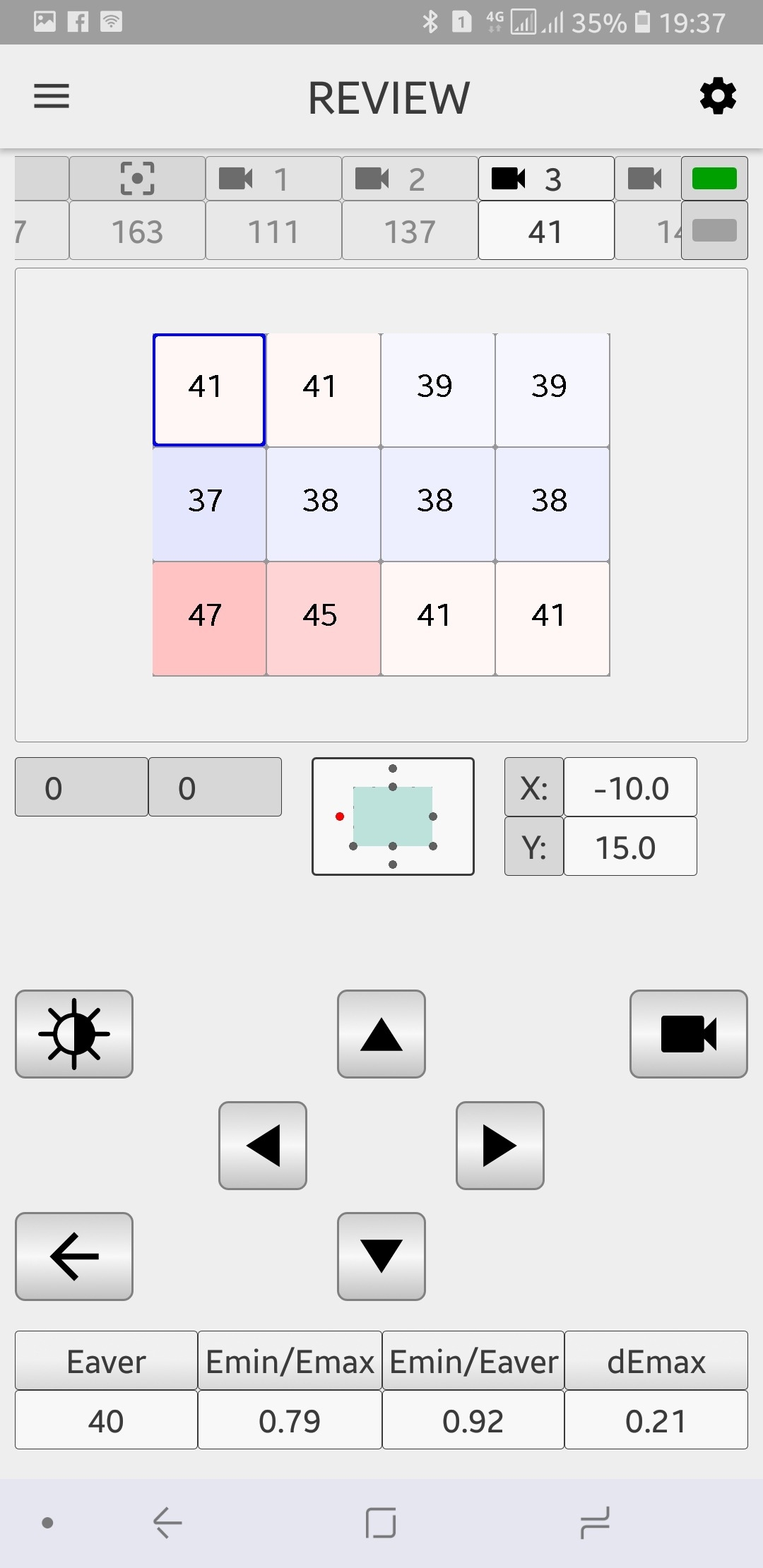

To visualize the measurement result and report, you can specify up to 8 observers (cameras), similar to light calculation programs. In the process of measuring the obscurity of the playing field you can see the measurement results straight away.
Live view of measurements is available in the main four directions plus horizontal illumination, as well as in the direction of
installed virtual cameras.
In addition, you can specify non-working areas - for example, roundings on the hockey field, which will not be taken into account in the calculations of average illumination and unevenness.
Live view of measurements is available in the main four directions plus horizontal illumination, as well as in the direction of
installed virtual cameras.
In addition, you can specify non-working areas - for example, roundings on the hockey field, which will not be taken into account in the calculations of average illumination and unevenness.
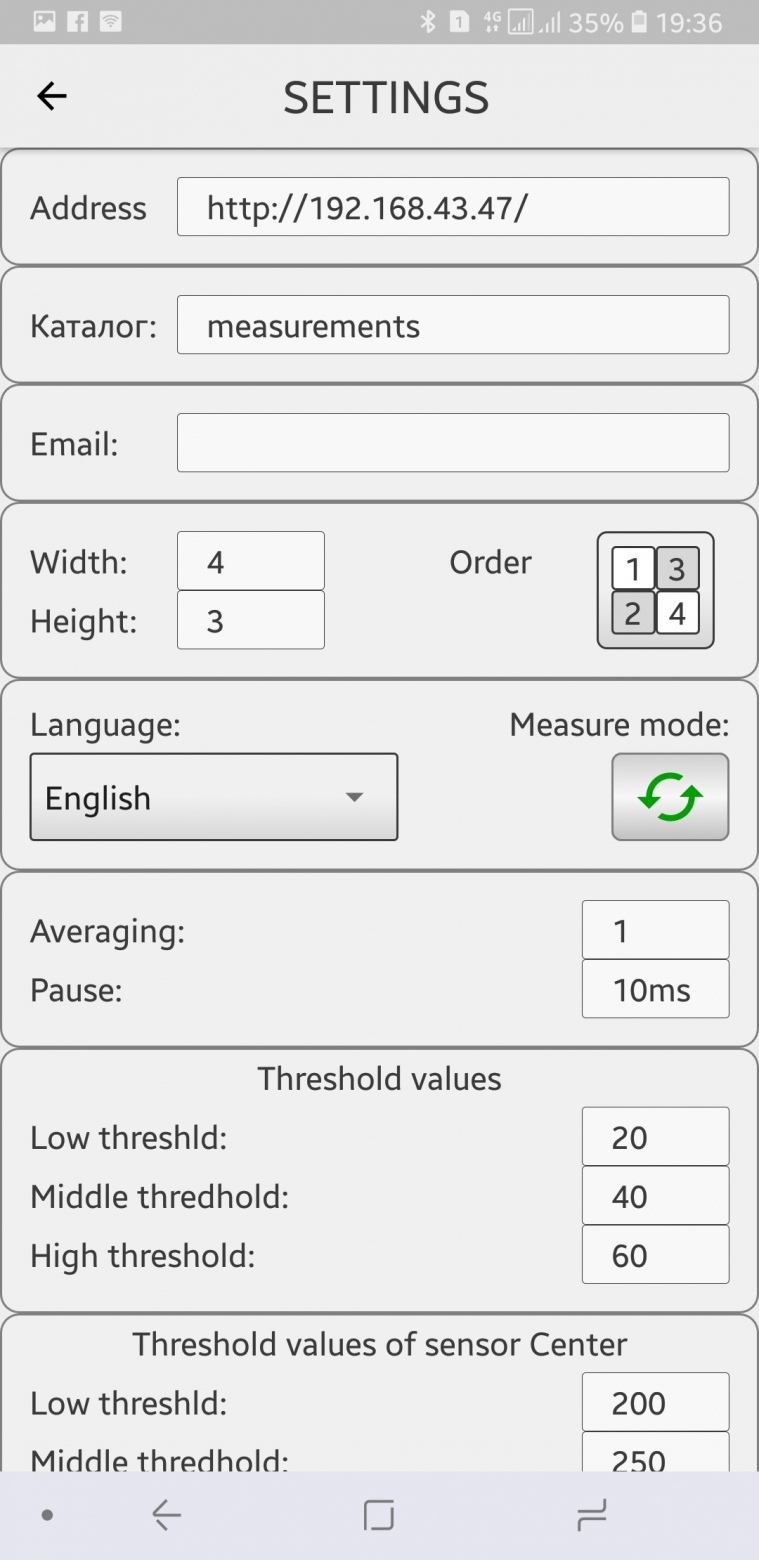
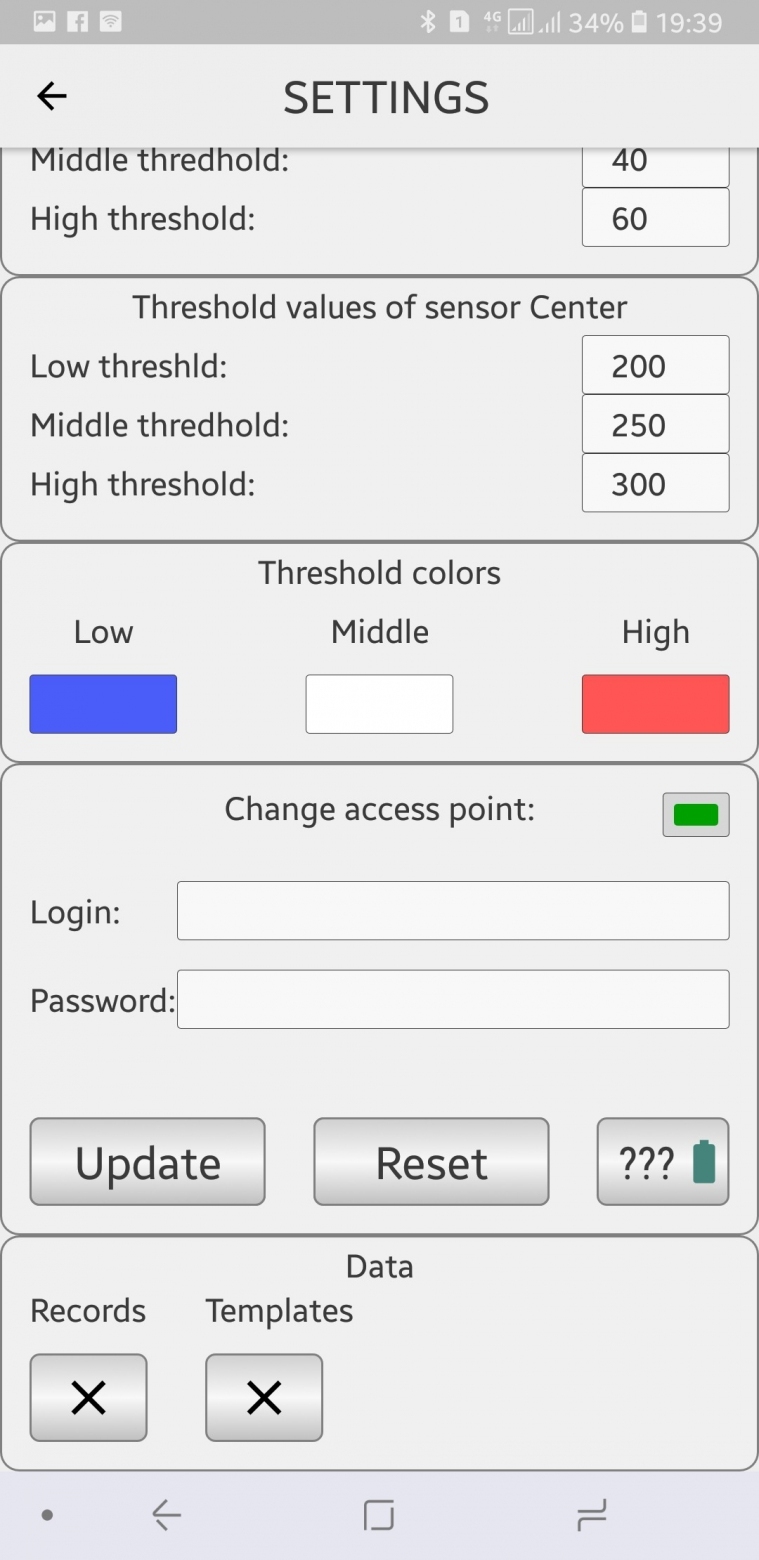
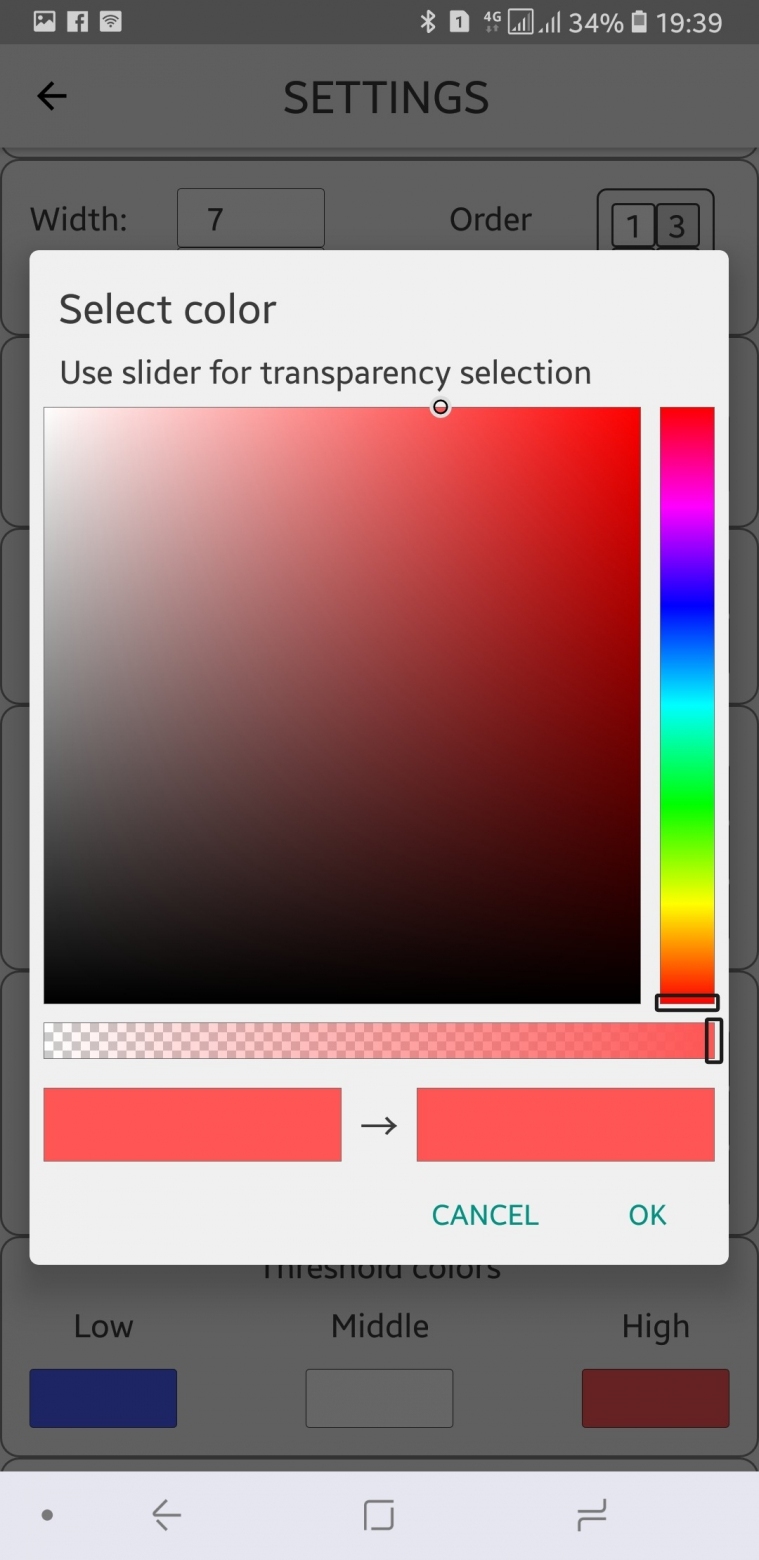
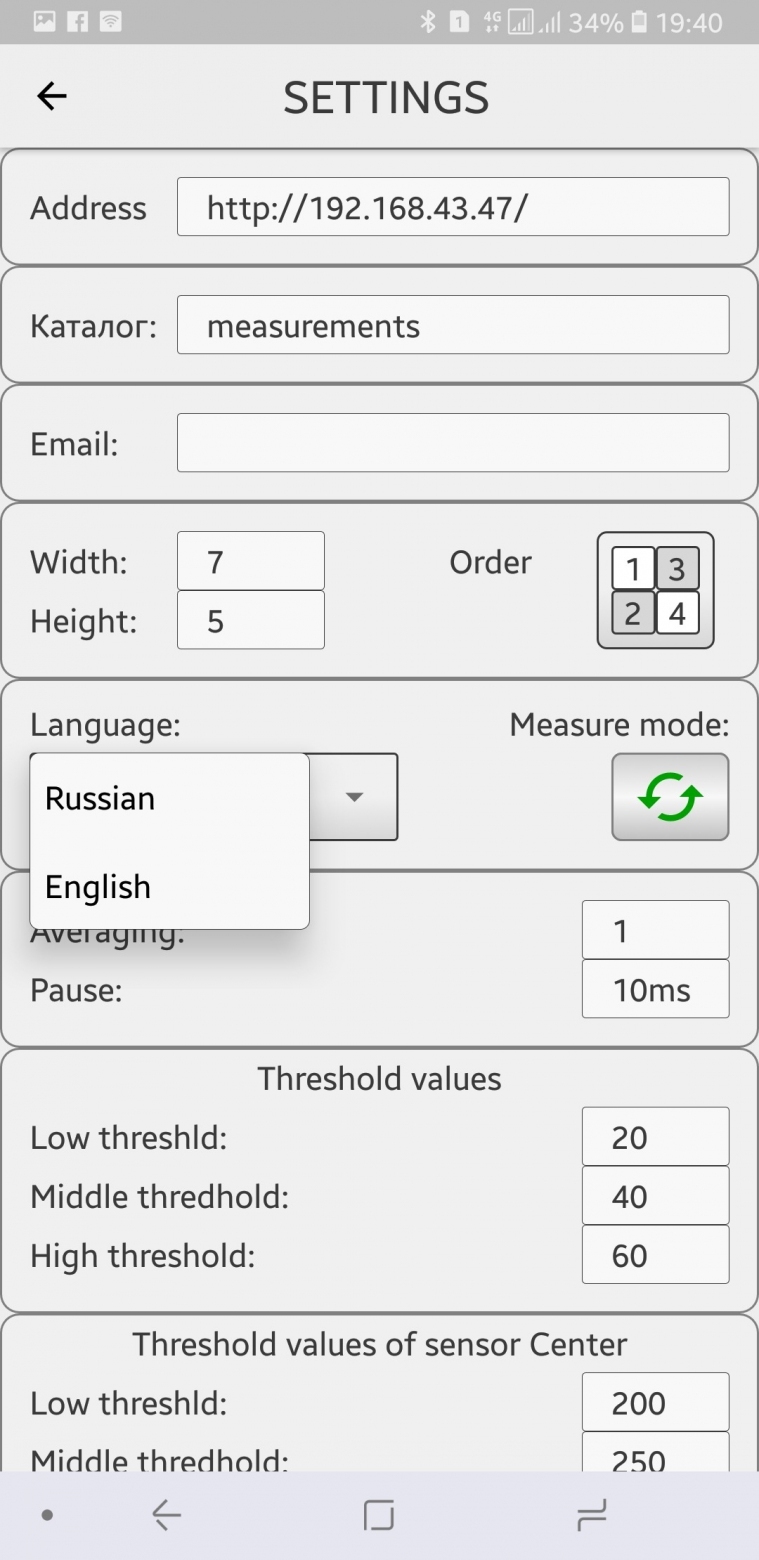
Settings allow you to set operating modes and the number of repeated measurements at each point.
You can set any fictitious color and arbitrary threshold, separately for horizontal and vertical illumination.
Collected data can be exported to MS EXCEL.
You can set any fictitious color and arbitrary threshold, separately for horizontal and vertical illumination.
Collected data can be exported to MS EXCEL.



